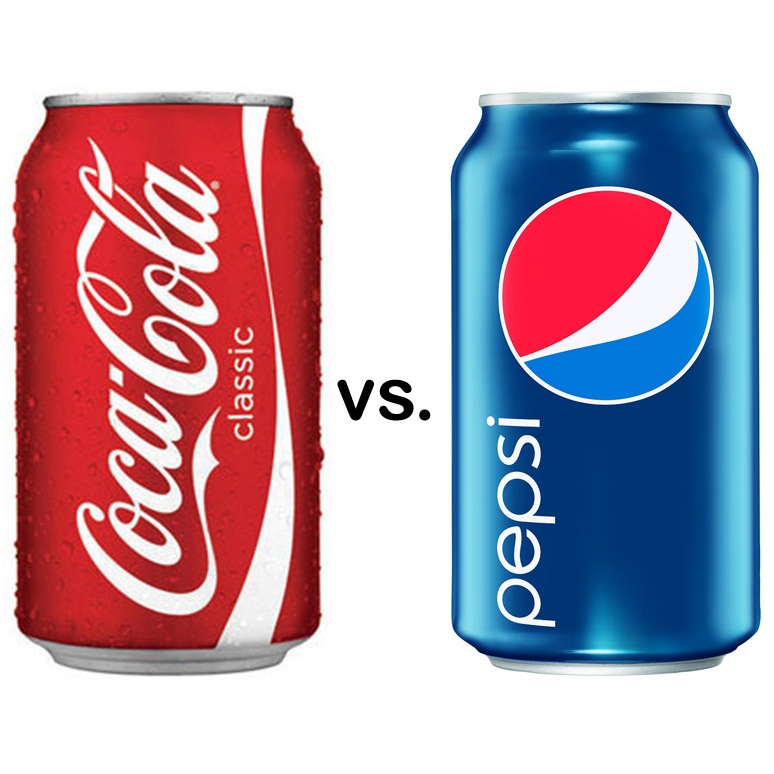Product reviews are an extremely common piece of online (and printed) content, and the ability to write a good review is an essential skill for both the journalist and hobby-blogger.
A product review is designed to be an objective look at an item, free from the sales pitch that you would receive if you asked for the information from the product’s seller or retailer. Naturally, the idea of the review is to inform and educate potential buyers of the product.
Questions The Reader Wants Answered
Contents
- How much is the product and where/when can it be purchased?
- What is the product built from? How are the materials and components sourced?
- Is the product well-made?
- Is the product reliable? Are there bugs or glitches?
- What features does the product have, and what benefits do these features confer?
- How easy to use or understand is the product interface? (applies to both physical and digital products)
- Does the product represent good value for money?
- Are there any alternatives available? How does this product compare against them?
All product reviews should be performed hands-on, and written after personally using and experiencing the product. It is possible to write a brief ‘review’ from information that you find online, but your review will lack depth, detail and honesty.
The Issue of Bias
Bias will always be an issue in product reviews, and both journalists and readers should keep this in mind. To write a hands-on product review, you first need a copy of the product and in many cases, this means receiving a free ‘review unit’ from the product’s manufacturer or distributor.
While almost all products of high-value get returned, receiving something ‘for free’ can create a feeling of obligation to pen a positive review. If you obtained the product on the promise of a review – then the company is not expecting a sales pitch. It’s worth noting that while some reviewers may receive criticism regarding free ‘review units’, it’s not possible or feasible for a reviewer to always buy the product – especially if their job involves writing reviews of products that they neither particularly need or have a use for.

As mentioned previously, product reviews are supposed to be unbiased and objective but will always be based to some degree on opinion. For the same reason that some people prefer Pepsi over Coke or Nike over Adidas, not everyone will come to the same conclusions after using the same product – and that’s ok.
An issue can arise where the reviewer attempts to remain positive, at the cost of an accurate representation of the product. The aim of the review is not only to draw attention to what has been done well, but also to highlight the faults. Bottom line: commend the good and call out the bad.
Structure of a Product Review
- Introduction – what the product is, who’s the audience?
- Design – what is the product made of? what are the formats, sizes, models/types available?
- Features – what does the product do?
- Impressions – your opinions on what works and what doesn’t
- Conclusions – summary of the product and your recommendations
The structure above is just one way of writing a product review – there are many others. Depending on the product being reviewed, you may choose to break the review down into additional subheadings or categories. Always be sure to include information on pricing and availability, including links to the manufacturer, retailer or distributor of the product for further details.
Tailor the Review to the Product
It’s important to change the content of your review when you’re reviewing different types of products. If you’re writing an app review, then you’ll want to touch on important subjects like graphics/visuals, audio and sound, interface, re-playability and usefulness. If you’re reviewing a physical product then the emphasis on certain parts of the review will be different, but the overall goal is the same – provide a well-balanced and thorough overview.

Use Images!
Pictures really do tell a thousand words and a few good photos will help to make your story both more visually appealing, and useful to the reader. Photos demonstrate product quality (or lack of), structure and function, design and aesthetic details, size, colour and other important information.
Images should help to tell the story, so try and ensure that the photographs you include are relevant to the part of the review where they are inserted. As always, ensure that images are of appropriate resolution (bigger is generally better) and be sure to include a descriptive caption and alt-tags.
Ending the Review
Every review should finish with a brief summary paragraph where you share your recommendations (or warnings) for the product. It should serve as the one paragraph that the reader could read and be able to get the ‘take home message’. You may like to add a Pros & Cons list, which gives the reader a quick overview of the good and the bad and lets them skip over the majority of the content if they are short on time.



